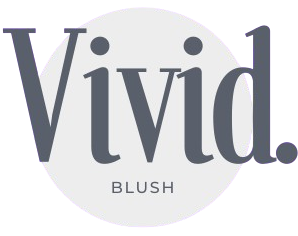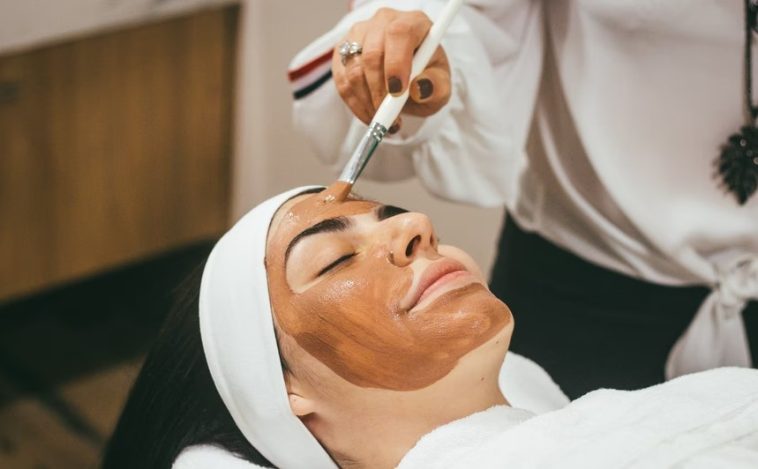The Best Acne Skincare Routine For 2025
The Best Acne Skincare Routine For 2025:Acne usually rhymes with puberty. Indeed, it is mainly adolescents on the way to becoming young adults who find themselves confronted with these skin disturbances. But is acne only for young people? And What causes breakouts? Also What are the best treatments for facial acne?
What is acne?
Its mechanism
Acne is a skin disease targeting the hair follicle. The latter houses the sebaceous glands, which are responsible for the production of sebum. It is an essential fat for the maintenance of healthy skin. It is the appearance of a pimple in the hair follicle that is synonymous with acne. 3 internal factors are the cause of this rash :
- An overproduction of sebum in the follicle;
- An obstruction prevents sebum from flowing naturally to fulfill its lubricating and protective function.
- The overgrowth of bacteria is exacerbated by excess sebum.
These three phenomena result in the formation of buttons, which can take two forms:
- Retentional acne: occurrence of simple white or blackheads (comedones or microcysts);
- Inflammatory acne: the result of an explosion of microcrystals, causing inflamed red lesions.
Who is concerned ?
Anyone can have an acne breakout at some point in their life. The role played by hormones makes pubescent skin a prime target for the onset of acne. However, adults are not left out, especially women. They now represent about 80% of adults with acne concerns. In addition, 4 in 10 women suffer from adult acne problems even though they did not experience it during puberty.
Acne: causes and types encountered
The Triggers of Acne: Misconceptions and Reality
Inheritance at the heart of the process
Heredity is one of the main risk factors for triggering acne disorders. In fact, 70% of the patients concerned have a family history.
Pimples that don’t rhyme with contagion
This misconception stems from the fact that bacteria are part of the mechanism of acne. So It is important to differentiate between mechanism and cause. And It is not the bacteria that cause pimples to appear since they are naturally present on our skin. It is the combination of an excess of sebum and an obstruction to its flow that promotes the abnormal proliferation of the bacteria.
The main culprits of acne: sex hormones
The main androgenic hormone, better known as testosterone, is very active in triggering acne breakouts.
This is because it is responsible for the development of the sebaceous glands, which mature around puberty, one of the stages in life when testosterone levels are highest. This temporary overproduction of hormones triggers seborrhea (excess sebum), which in turn promotes the proliferation of bacteria if blocked.
The role of food
Studies have been able to show a cause and effect relationship between a diet rich in dairy products and fast sugars and the triggering of acne pimples.
The Sun: The False Acne Cure
Ultraviolet rays from the sun often have the effect of activating melanin in the skin. This is how she takes on a tanned complexion. Thanks to a drying action, acne pimples will be able to fade. But this is just a respite, because this phase is also synonymous with building up a protective barrier that thickens the skin. This thick layer subsequently promotes sebum retention and thereby re-triggers the acne mechanism to an even greater degree (commonly referred to as an acne outbreak).
The stress
There have been findings of higher acne breakouts at exam times or near a major professional presentation. Which puts stress on the list of triggers for acne reactions.
What are the different types of acne?
Juvenile acne
80% of adolescents go through an acne phase during their puberty. The combination of the hereditary and hormonal factor is the main cause of juvenile acne. In juvenile acne, it is mainly the face that is affected.
Infant acne
It affects 20% of newborns and mainly affects the face. It is sometimes accompanied by thrusts on the chest, shoulders, and upper back. Infant acne is hypothesized to result from the production of maternal androgens, responsible for stimulating the sebaceous glands. Infant acne goes away naturally within the first few months.
Acne conglobata or back acne
Acne mainly affects the face. However, in some cases, it can also affect the back. In this case, it is the men who are the most targeted.
Acne rosacea: Does it really relate to acne?
The answer is no. Acne rosacea owes its name only to the similarity of skin lesions of a papulopustular nature.
How to beat facial acne – medical treatments and home remedies
Treatment adapted to the degree of acne
Anti-acne treatments generally consist of:
- Retinoic acid derivatives: retinoids. They act mainly on the production of sebum by reducing it;
- An antiseptic (benzoyl peroxide).
Depending on the level of impairment, a dermatologist will adapt the type of drug presentation. Topical application in the form of a cream is prescribed in all cases. Then, depending on the extent of the lesions, oral supplementation is often issued. In severe acne, antibiotics may be considered.
It’s possible to create an anti-acne beauty routine!
A routine to prevent
While acne is not directly due to poor hygiene, daily grooming that is poorly suited to your skin type can promote the development of comedones and other lesions typical of acne. Acne doesn’t mean poor hygiene. In reality, excessive facial cleansing would only make the skin more prone to overproduction of sebum to maintain the natural hydrolipidic film, which in turn promotes acne development.
Here are some tips to preserve your oily skin:
- 1. Cleanse your skin only morning and evening with a mild cleansing gel or micellar water as a makeup remover;
- 2. Provide adequate hydration with targeted care for acne-prone skin;
- 3. Adapt your make-up, favoring tinted skincare products for blemish-prone skin.



